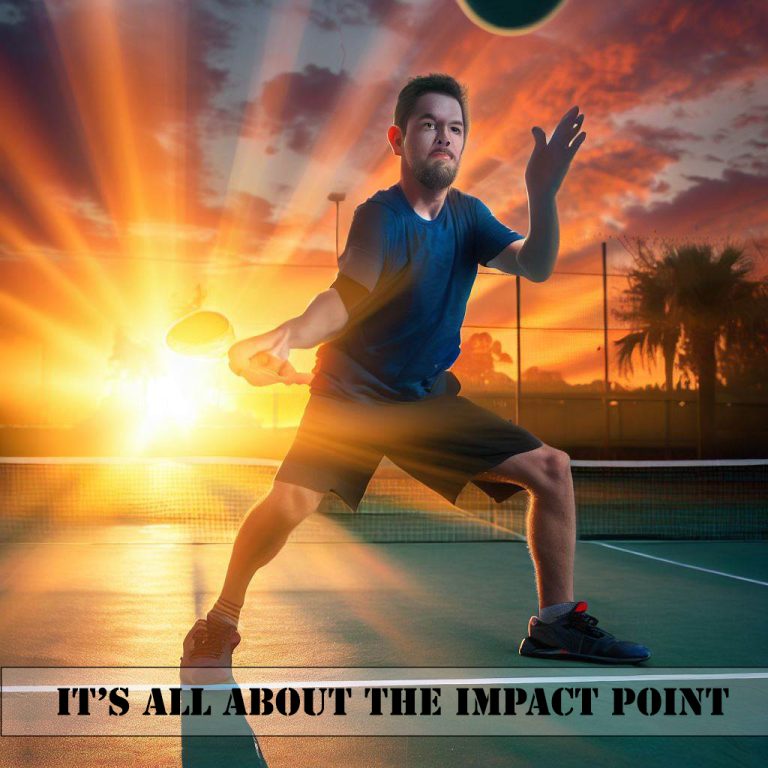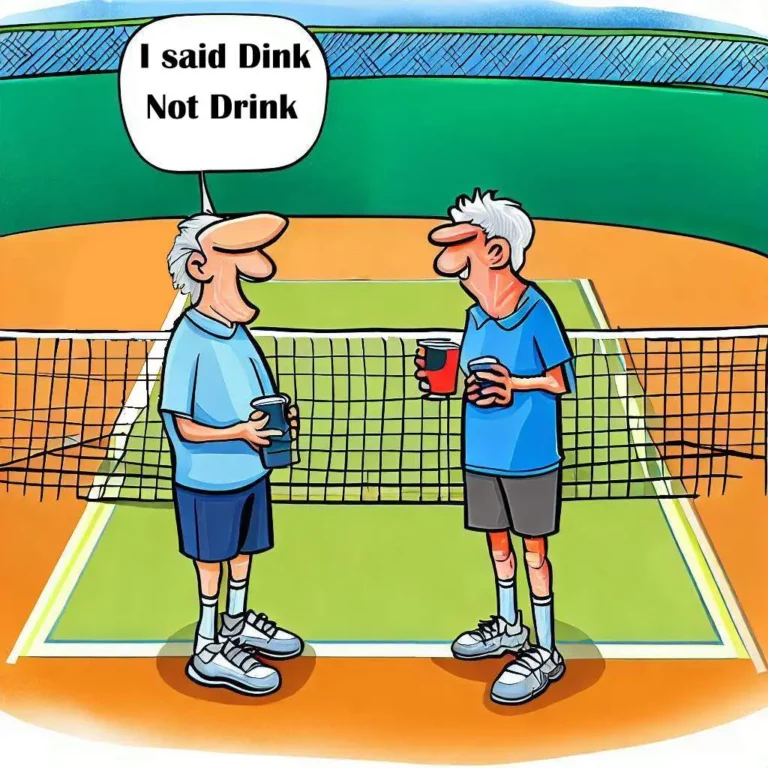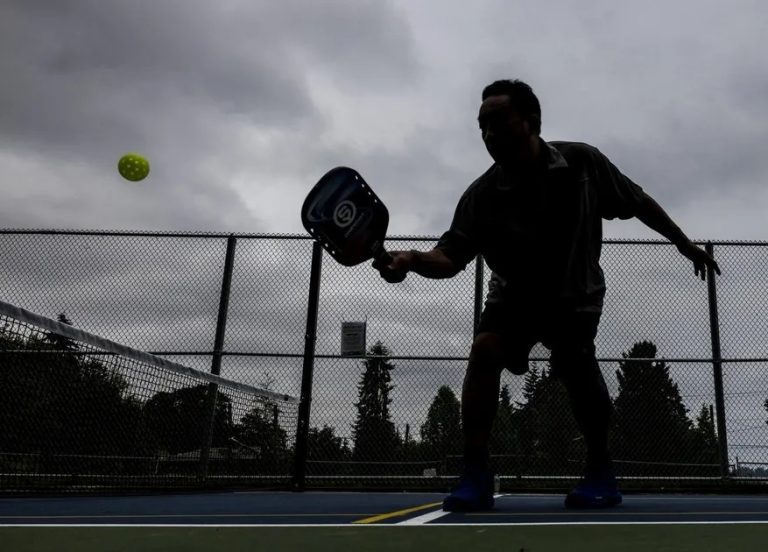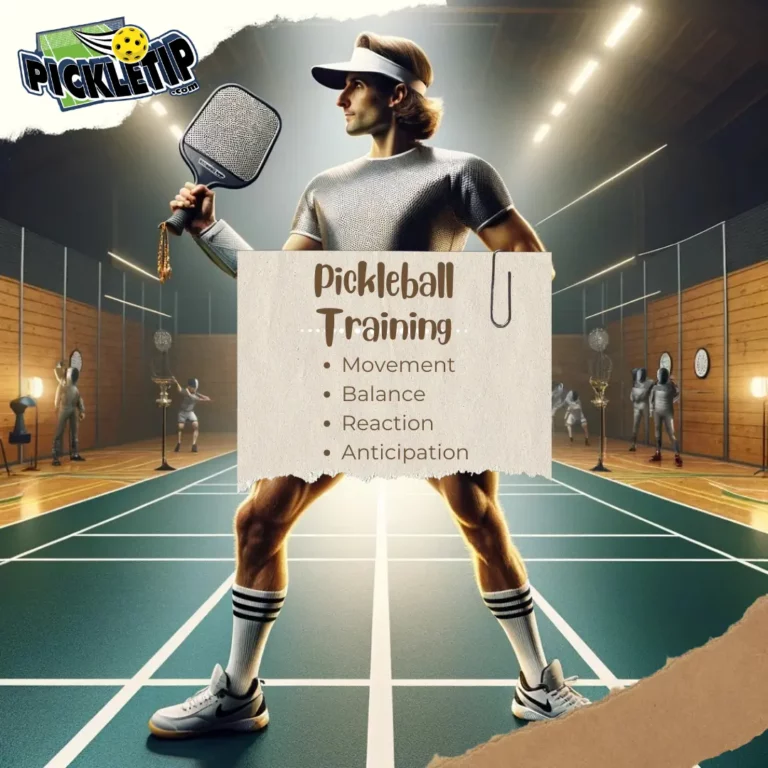Pickleball Return of Serve
Mastering the Pickleball Return of Serve
The return of serve in pickleball is one of the most underrated and essential shots. Far too many people just try to return a serve safely over the net. However, this is the wrong idea to have. Instead, a strategically returned pickleball shot gives you the opportunity to run up to the net and claim the advantage right out of the gate. Below are some tips and strategies to help you perfect your return.
The Importance of a Deep Return
Firstly, the importance of a deep return in pickleball cannot be overstated. Executing a deep return effectively keeps your opponents positioned towards the back of the court, limiting their offensive opportunities. This strategy reduces the likelihood of them being able to make a short third shot, which could otherwise put you and your partner at a disadvantage. By pushing your opponents back, you gain more control over the court and the flow of the game, allowing you to dictate the pace and direction of the match. Furthermore, a deep return provides you with more time to transition to the net, a critical position in pickleball for gaining an offensive advantage.
Ideal Return of Serve Location
Next, let’s discuss the best spot to execute the return of serve, which is a box located around 4 feet from the baseline and in the middle of the court.
Advantages of the Ideal Spot
Hitting the return in the suggested spot is a safe option, as it provides a margin of error of about four to five feet from the baseline, reducing the chances of hitting the ball long or wide.
Drills to Improve Your Pickleball Return of Serve
A practice drill using cones to improve the consistency and depth of the return of serve. The drill involves aiming to hit the ball within a designated square or box on the court that is 4 feet from the baseline and in the middle of the court. 10 feet from either sideline.
Adjusting the Return for More Time
Adjust the return of serve to buy more time to get to the no-volley zone (the kitchen). By hitting a higher and slower return to the center box that we outlined earlier, the returning player can create additional time to approach the net.
Pickleball Return Of Serve: 7 Ways to Improve Consistency
The return of serve in pickleball is one of the most underrated and essential shots. Far too many people just try to return a serve safely over the net. This is the wrong idea to have. Instead, a strategically returned pickleball shot gives you the opportunity to run up to the net and claim the advantage right out of the gate. Here are some tips and strategies to help you perfect your return.
- Practice Regularly: The more you practice, the more consistent your return of serve will become. Practice different types of returns, such as deep returns, short returns, and returns with spin.
- Focus on Your Footwork: Good footwork is crucial for a consistent return of serve. Make sure you’re in the right position to hit the ball effectively.
- Watch Your Opponent: Pay attention to your opponent’s serving habits. This can help you anticipate where the serve is going and position yourself accordingly.
- Use the Right Grip: Using the correct grip can greatly improve the consistency of your return of serve. Experiment with different grips to find what works best for you.
- Stay Calm and Focused: It’s important to stay calm and focused during the game. Don’t let a bad serve or a missed shot affect your concentration.
- Work on Your Timing: Timing is key in pickleball. Practice hitting the ball at the right moment to improve the consistency of your return of serve.
- Get Professional Coaching: If you’re struggling with your return of serve, consider getting professional coaching. A coach can provide valuable feedback and tips to improve your game.
Return of Serve: Understanding The Basics
As I said above, the return of serve is not just like any old shot. It gives you the power as a receiver to have control, and take advantage of the rally right out of the gate.
Pickleball Return of Serve FAQs
- Can the return of serve in pickleball land in the kitchen?
Yes, the return of serve in pickleball can land in the kitchen. However, strategically, it’s often better to aim for a deep return to keep your opponents at the back of the court. - Can Anyone Return A Serve In Pickleball?
The server must serve to the opponent who is diagonal from him. The receiving player must also let the ball bounce once before returning the serve. - What is the best strategy for a return of serve in pickleball?
The best strategy often involves returning the serve deep and to the middle of the court. This can limit the serving team’s options and give the returning team time to get to the net. - Can you put spin on a return of serve in pickleball?
Yes, adding spin to your return of serve can make it more difficult for your opponents to return. Both topspin and backspin can be effective when used correctly. - Where should I stand when returning a serve in pickleball?
It’s generally best to stand about 2-3 feet behind the baseline when returning a serve. This gives you more time to react to the serve and allows you to move forward into the court as you hit your return.
Tips for a Winning and Successful Pickleball Return of Serve
The return of serve is a key skill to master and one that sets you and your partner up to win the rally. Hitting an effective return-of-serve in pickleball is critical to your team’s ability to earn side-outs – and, as a result – get the serve back so you can once again score points.
Learn how to return a Lob Serve:
A lob serve is common and can catch you off-guard if you’re standing too close to the baseline. Stand back a good 2 feet to get a proper swing at the ball.
Learn how to return a Power Serve:
Power serves move fast and can be tricky to return. Anticipate the direction and trajectory of the ball to prepare yourself for the return.
Hit a deep shot, just inside the baseline:
Hitting the return of serve deep keeps your opponent at the back of the court, giving you and your partner time to move to the non-volley zone line.
Move to the non-volley zone after hitting return of serve:
Immediately after returning a serve, make your way to the non-volley zone line. This is where you want to be to control the game and win points.
Get Into The Ready Position:
The ready position in pickleball is when a player has their paddle up in front of them in a position that allows them to easily react to a ball with a forehand or backhand stroke.
Hit the return of serve to your opponent’s backhand:
Most players are more confident with their forehand than their backhand. So, hit the return of serve to your opponent’s backhand to potentially cause them to quickly lose the rally.
Hit the return of serve deep, down the centerline:
Hitting the ball deep, down the center line can cause your opponents to be uncertain about who’s ball it is and who should hit it.
Hit your return of serve with some topspin:
Adding topspin to the ball can make it more difficult for your opponents to return.
Hit the return of serve into a backhand back corner:
Hitting the return of serve into the back corner of your opponent’s backhand will be tricky for them to hit.
Hit a return of serve with backspin:
Hitting with backspin can make the third shot really tricky for your opponents to hit.
Place a soft shot at the non-volley zone:
Placing a dink shot or a soft shot with backspin on a short return that lands just the other side of the net is an option for more experienced players.
Practice Regularly:
The more you practice, the more consistent your return of serve will become.
Focus on Your Footwork:
Good footwork is crucial for a consistent return of serve.
Watch Your Opponent:
Pay attention to your opponent’s serving habits. This can help you anticipate where the serve is going and position yourself accordingly.
Use the Right Grip:
Using the correct grip can greatly improve the consistency of your return of serve.
Stay Calm and Focused:
It’s important to stay calm and focused during the game. Don’t let a bad serve or a missed shot affect your concentration.
Return of Serve Rules
With respect to the return of serve, there aren’t too many rules needing to be adhered to with the exception that a serve that lands in the correct service box must be returned by the [correct] return-of-server after one bounce.








3 Comments